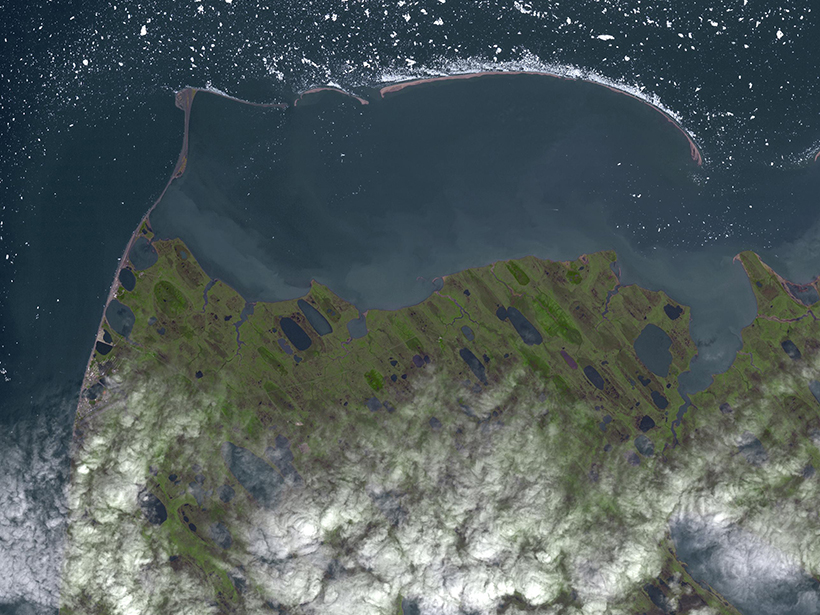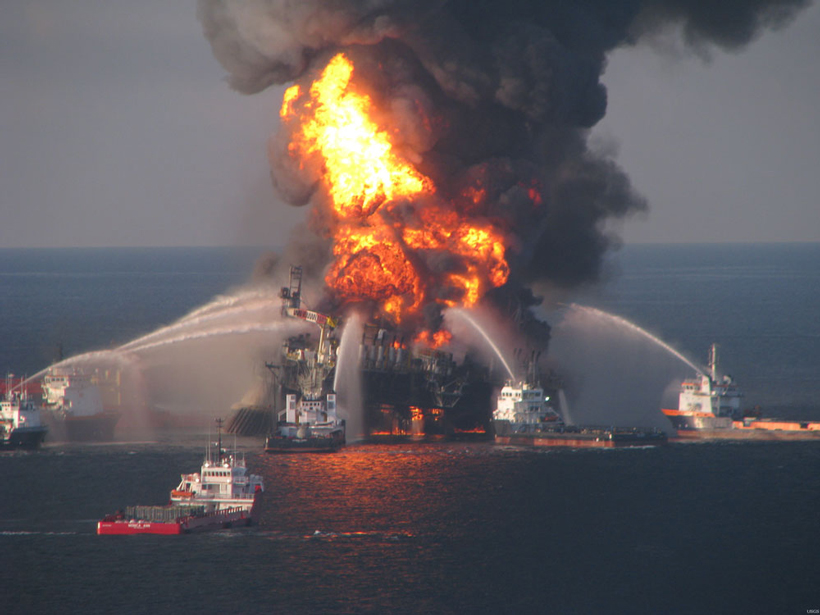Evaporation can demonstrate the effects of crop irrigation on decadal trends in evapotranspiration at a regional spatial extent.
CC BY-NC-ND 2018
Wind Speed Governs Turbulence in Atmospheric Inversions
Measurements made during a field campaign in Idaho indicate that the speed of winds 2 meters above Earth’s surface determines the type of turbulence present in nighttime inversions.
Autumn Warming No Longer Accelerating Carbon Loss in the North
An analysis of Point Barrow’s 40-year record points to the importance of calculating the carbon cycle’s response to temperature during the northern latitudes’ non-growing season.
New Initiative Aims to Help Displaced Scientists
The accord, initiated by 10 Italian science institutions, hopes to provide temporary opportunities for some refugees until they can safely return to their home countries.
Getting Your Paper Published Part 2: Good Grammar, Clear Figures
Recommendations from an AGU journal editor on ensuring that your manuscript is well written and clearly presented.
Ocean Research and Education Are Foundations for Economic Growth
AGU releases revised position statement that was first adopted in 2005.
Getting Your Paper Published Part 1: Don’t Annoy the Reviewers
Recommendations from an AGU journal editor on how to prepare a manuscript in a way that makes it easy for reviewers to read and assess.
Congress Spars over Environmental Permitting
Democrats say that there is bipartisan support to reduce red tape but that environmental regulations shouldn’t be weakened to speed up the permitting process.
Lessons from Mexico’s Earthquake Early Warning System
The devastating 2017 Puebla quake provides an opportunity to assess how citizens perceive and use the Mexico City earthquake early warning system.
How Did Life Learn to Breathe?
Scientists unravel the conditions under which life evolved to breathe oxygen—and the findings have some stellar implications.










